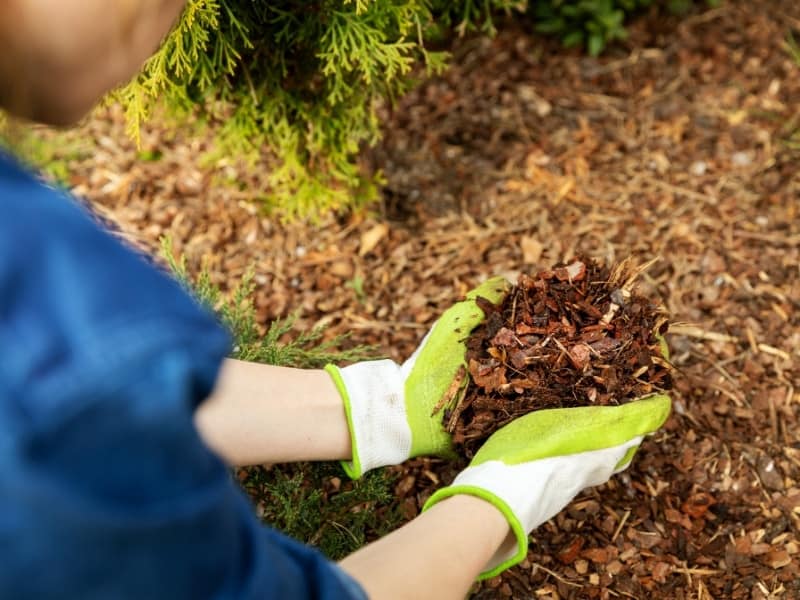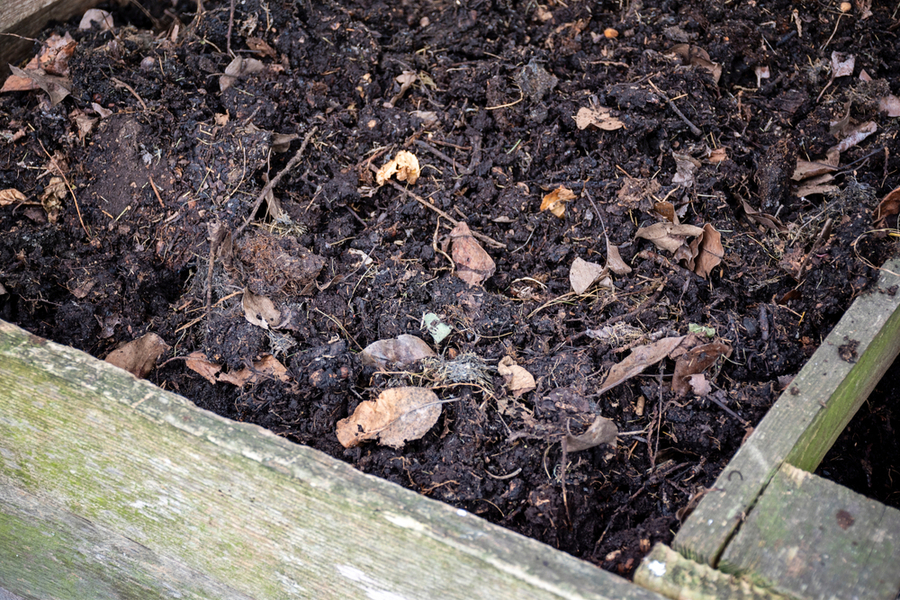Cleaning your gutters is an essential part of home maintenance, but what happens to all the debris—especially leaves and small branches—that you remove? Many homeowners simply throw it away, contributing to landfill waste. However, there’s a better way to dispose of this organic material: composting! Composting leaves and branches from gutters can benefit your garden, reduce waste, and improve your soil quality. This guide will walk you through the process of composting leaves and branches effectively and sustainably.
Why Composting Leaves and Branches Is a Great Idea
Before diving into the “how-to,” let’s take a look at why composting gutter debris is beneficial:
- Reduces Waste: Yard waste, including leaves and branches, makes up a significant portion of landfill waste. By composting, you’re reducing the amount of material that ends up in the trash.
- Nutrient-Rich Soil: Composting organic materials creates nutrient-rich compost that you can use to enrich your garden soil, helping plants thrive. Leaves and small branches break down into a valuable resource that improves soil structure, water retention, and fertility.
- Environmentally Friendly: Composting is an eco-friendly practice that reduces greenhouse gas emissions from landfills and helps create a more sustainable garden. It’s a simple way to contribute positively to the environment.
- Natural Mulch: The compost you create can be used as a natural mulch around your plants, helping to suppress weeds, retain moisture, and keep the soil temperature stable.
What You Can and Cannot Compost from Gutters
Not all debris from gutters is suitable for composting, so it’s important to know what you can and cannot add to your compost pile.
What to Compost:
- Leaves: Fallen leaves are one of the best composting materials. They break down quickly and provide valuable nutrients to your garden.
- Small Twigs and Branches: While larger branches take longer to break down, small twigs and branches can be composted if chopped or shredded first.
- Grass Clippings: If your gutters have collected grass clippings (especially near your lawn), they can be composted too, as they break down quickly and provide nitrogen.
What Not to Compost:
- Pine Needles: If your gutters have a lot of pine needles, you might want to avoid composting them. Pine needles are slow to break down and can make your compost pile too acidic.
- Weeds with Seeds: Be cautious about composting weeds that may contain seeds. The heat of the compost pile may not be enough to kill all the seeds, leading to potential weed growth in your garden.
- Non-Organic Debris: Sometimes, gutters collect items like plastic bags, cigarette butts, or other non-biodegradable materials. These should not be added to the compost pile.
- Pet Waste: If your gutters have collected any pet waste, it’s better to dispose of it properly instead of composting it, as it could introduce harmful pathogens into your compost.
How to Compost Leaves and Branches from Gutters
Now that you know what you can compost, let’s break down the steps to compost your gutter debris effectively:
1. Collect and Sort the Debris
Start by gathering all the leaves, small twigs, and branches you’ve removed from your gutters. Be sure to sort out any non-compostable materials, like plastic or trash, and set them aside. You can use a rake or a leaf blower to collect the debris and prepare it for composting.
2. Chop or Shred Larger Branches
If you have small twigs or branches in your gutter debris, you’ll want to break them down into smaller pieces. Large branches take much longer to decompose, so it’s best to either cut them into smaller sections with pruning shears or use a wood chipper to shred them. Shredded branches and twigs decompose faster and more evenly, making them a valuable addition to your compost pile.
3. Build Your Compost Pile
To compost effectively, you’ll need to layer materials. A good compost pile typically contains three main components:
- Browns (Carbon-rich materials): These include leaves, small branches, straw, cardboard, and paper. These materials provide carbon, which is essential for the decomposition process.
- Greens (Nitrogen-rich materials): These include fresh grass clippings, vegetable scraps, coffee grounds, or manure. They provide nitrogen, which helps microorganisms break down organic matter.
- Water: Moisture is key to a healthy compost pile. Add enough water to keep the pile damp, but not soggy.
When building your compost pile, alternate layers of brown and green materials. For example, add a layer of leaves (brown), followed by a layer of grass clippings (green). Aim for a ratio of about 3 parts brown materials to 1 part green materials. This balance helps the pile break down efficiently.

4. Turn the Pile Regularly
To speed up the composting process, it’s important to turn or mix the pile every few weeks. Turning the compost helps introduce oxygen, which is essential for the microorganisms that break down the materials. If you don’t turn the pile, it may become compacted and decompose slowly.
5. Monitor the Temperature
A healthy compost pile generates heat as organic materials break down. The temperature should reach 130–160°F (54–71°C) to effectively decompose the debris. If the pile is too cold, it will decompose slowly, while if it’s too hot, it may dry out. If your pile seems too dry, add water and turn it to keep the temperature stable.
6. Allow for Decomposition
Composting leaves and small twigs from gutters can take several months to a year to break down completely, depending on the materials and conditions. Once your compost pile has broken down into dark, crumbly, and nutrient-rich material, it’s ready to use in your garden.

Using Your Compost
Once the compost is ready, you can use it in various ways to improve your garden’s health:
- Soil Amendment: Mix the compost into your garden soil to enrich it and improve its texture.
- Mulching: Spread a layer of compost around your plants to help retain moisture, suppress weeds, and regulate soil temperature.
- Raised Beds: If you have raised garden beds, you can incorporate compost into the soil mix to boost its fertility.
Additional Tips for Successful Composting
- Keep the Pile Aerated: Turning the compost regularly introduces oxygen, which helps break down the organic material faster. You can also use a compost aerator tool to mix the pile more easily.
- Maintain Moisture Levels: The compost pile should be damp, like a wrung-out sponge. If it gets too dry, it will decompose more slowly. If it’s too wet, it may become smelly and slimy.
- Use a Compost Bin: If you prefer a more contained system, you can use a compost bin or tumbler. These systems help keep your compost organized and make turning easier.
Conclusion
Composting leaves and small branches from gutters is an excellent way to reduce waste while creating nutrient-rich soil for your garden. By properly sorting, shredding, and layering the debris, you can turn your gutter cleanup into a productive, eco-friendly process. Not only will you be reducing landfill waste, but you’ll also be providing your garden with a valuable resource that improves soil health and encourages plant growth.
So, the next time you clean out your gutters, consider composting the debris instead of tossing it in the trash. Your garden—and the planet—will thank you!

